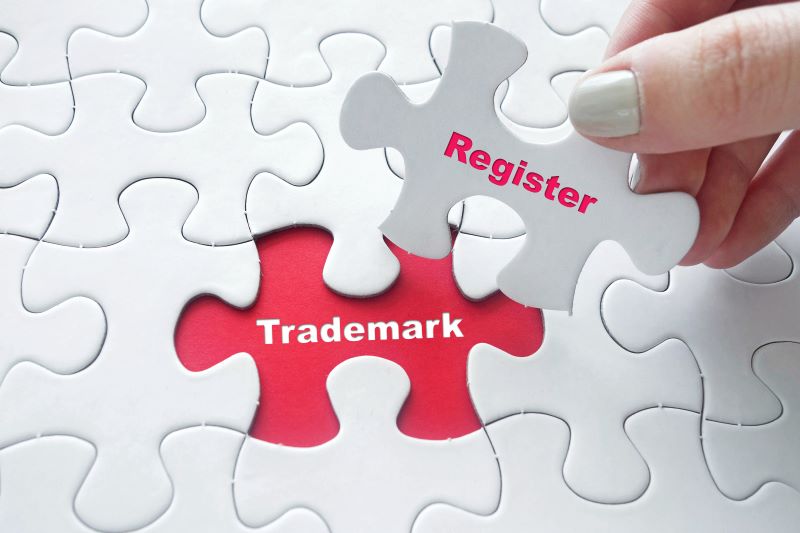The main reason for the implementation of the recent changes is the tendency and the need of Montenegrin legislation to harmonize itself with the legislation of the European Union— more precisely with Directive (EU) 2015/2436 of the European Parliament and the Council on harmonization of the legislation of Member States on trademarks (“the EU Directive”). Some of the most relevant novelties that the Law on Amendments has introduced will be mentioned in this article.
Starting from the beginning, important changes have been made already in Article 2, which defines the conditions that the mark needs to meet in order to gain protection. Notably, the TM Law no longer requires that a sign be represented graphically in order to be capable of being registered as a trademark. Instead, it prescribes that the mark needs to be represented in the register in a manner which enables determination of the precise and clear subject matter of the protection afforded to its proprietor. The wording of this provision is slightly uncertain, and the only conclusion that can be made is that the legislator should have used different wording, such as “…that such signs are capable of being represented in the register in a manner…” instead of “…that is represented in the register in a manner…”.
Furthermore, the TM Law now provides that a mark can consist of a personal name (which was not the case with earlier provisions) or a sound, without it having to be represented in musical notation, as was previously required. This would mean that a sound mark can be represented by submitting an audio file, although this not explicitly stated. In abandoning the requirement of graphic representation of the mark, the Montenegrin legislator has followed the example of other countries that have abolished the same requirement.
Another novelty relates to Article 5 of the TM Law which, before the most recent amendments, prescribed the existence of two Registers – The Register of Trademarks, and The Register of Applications; however, the latter did not survive the new changes. All the information that it contained is now included in the one and only Register – The Register of Trademarks (“the Register”). The (new) Register has also been modernized in that is has gone from being defined as a ‘public book’ to a record that is to be “conducted electronically”.
Several amendments have been made to the parts of the TM Law that regulate absolute and relative grounds for refusal, which have undergone expansion. The amendments regarding absolute grounds are mostly the consequence of changes related to the requirements of a trademark (Article 2), but there are also some new grounds for refusal that refer to traditional terms for wine, guaranteed traditional specialities, and plant varieties. These changes are a consequence of the harmonization of the TM Law with the EU Directive.
Regarding relative grounds for refusal, the expansion has been wider, introducing new grounds, for example – a trademark can be refused registration, based on a trademark holder’s objection, if it can be confused with an earlier trademark registered in another country, provided that at the time of filing the trademark application, the applicant did not act in good faith. Also, the trademark holder that objects could be from any country, and no longer only from member countries of the Paris Convention or WTO.
The scope of rights held by trademark owners has also been expanded. These changes are related to goods in transit and preparatory actions related to the use of packaging or other means.
Furthermore, important amendments have been made in relation to the duration of trademark application procedures since all of the deadlines in the process of registration of a trademark that used to be 60 days (e.g., elimination of deficiencies from the application), have now been shortened to 30 days. Also, those deadlines could previously be extended for a maximum of 60 days, but such extensions have now been limited to 30 days.
Significant changes were made to the procedure relating to third party observations following the publication of an application for opposition. With the recent amendments, the competent authority is required to inform the applicant about the observations of the third party, and the applicant is given 15 days to comment on them.
The opposition, cancellation and invalidation procedures have undergone changes mostly regarding the duration of deadlines, but also the circle of parties allowed to file complaints. In addition to the subjects that have been authorized by the TM Law to file a complaint, the Law on Amendments brings on board the “interested party” and any party authorized by Montenegrin or EU laws related to the geographical indication.
Also, another notable change in opposition, invalidation or cancellation proceedings is regarding the calculation of the terms for proving the use of an international trademark, which is now more detailed.
With all due respect to all of the above-mentioned changes, the most significant ones regarding the procedures seem to be the changes in terms of which cancellation/invalidation proceedings of trademarks have been removed from the court’s jurisdiction (The Commercial Court of Montenegro) and brought within the jurisdiction of the administrative body. In that way, the focus regarding the prosecution of trademark rights in Montenegro has been moved from the courts to the competent administrative bodies. However, the proceedings regarding the enforcement of trademark rights remains within the jurisdiction of courts and other authorities.
The part of the TM Law that regulates licenses (Article 39) has also gone through some changes since it now differentiates between exclusive and non-exclusive licenses. Even before the new amendments, the TM Law required license agreements to be registered, but now it also prescribes precisely what documentation needs to be submitted for such registration. In addition, changes have been made regarding the procedure for registration of collective marks. In particular, a new, more precise definition of the collective mark has been given by the legislator, while the application procedure for a collective mark has been specified, and provisions regulating the refusal of collective mark applications have been introduced.
Further, the inspection supervision procedure and the procedure for destruction of temporarily seized goods has been set out in more detail. For example, the subject authorized to file a request for the inspection supervision procedure is defined more precisely than it used to be, and the deadline for notifying the applicant of the conducted supervision procedure and the measures taken (if any) has been shortened. Regarding the procedure for destruction of temporarily seized goods, a notable change is the addition of one more case in which the inspector is authorized to destroy seized goods provided two conditions are met – 1) the applicant notifies the inspector that there is reasonable suspicion that their trademark rights were infringed and in such notification proposed that the goods be destroyed, while also confirming that they will not initiate proceedings before the competent court AND 2) the party from whom the goods were seized agrees to the destruction, that is, fails to submit any objection to the applicant’s suggestion within 3 days of reception of the notification by the inspector.
To conclude, here is the résumé of the most significant amendments to the Montenegrin TM Law:
- deletion of requirement of graphical representation, can be protected as registered trademark;
- cancellation of Register of Applications, its merger with the Register of Trademarks, and modernization of this new consolidated Register;
- expansion of absolute and relative grounds for refusal, as well as the expansion of the scope of rights held by a trademark holder in relation to the use of its right;
- changes regarding trademark invalidation/cancellation proceedings, especially the change of the competent authority – from the courts to the administrative authority.
- more detailed arrangement of the inspection supervision procedure and the procedure of destruction of temporarily seized goods;
- specifying the procedure for registration of collective marks;
Although certain uncertainties are visible in the wording of some of its provisions, the new Law on Amendments regarding the Montenegrin TM Law should contribute to a more effective protection of the rights of trademark holders in Montenegro – or at least it aims to.




